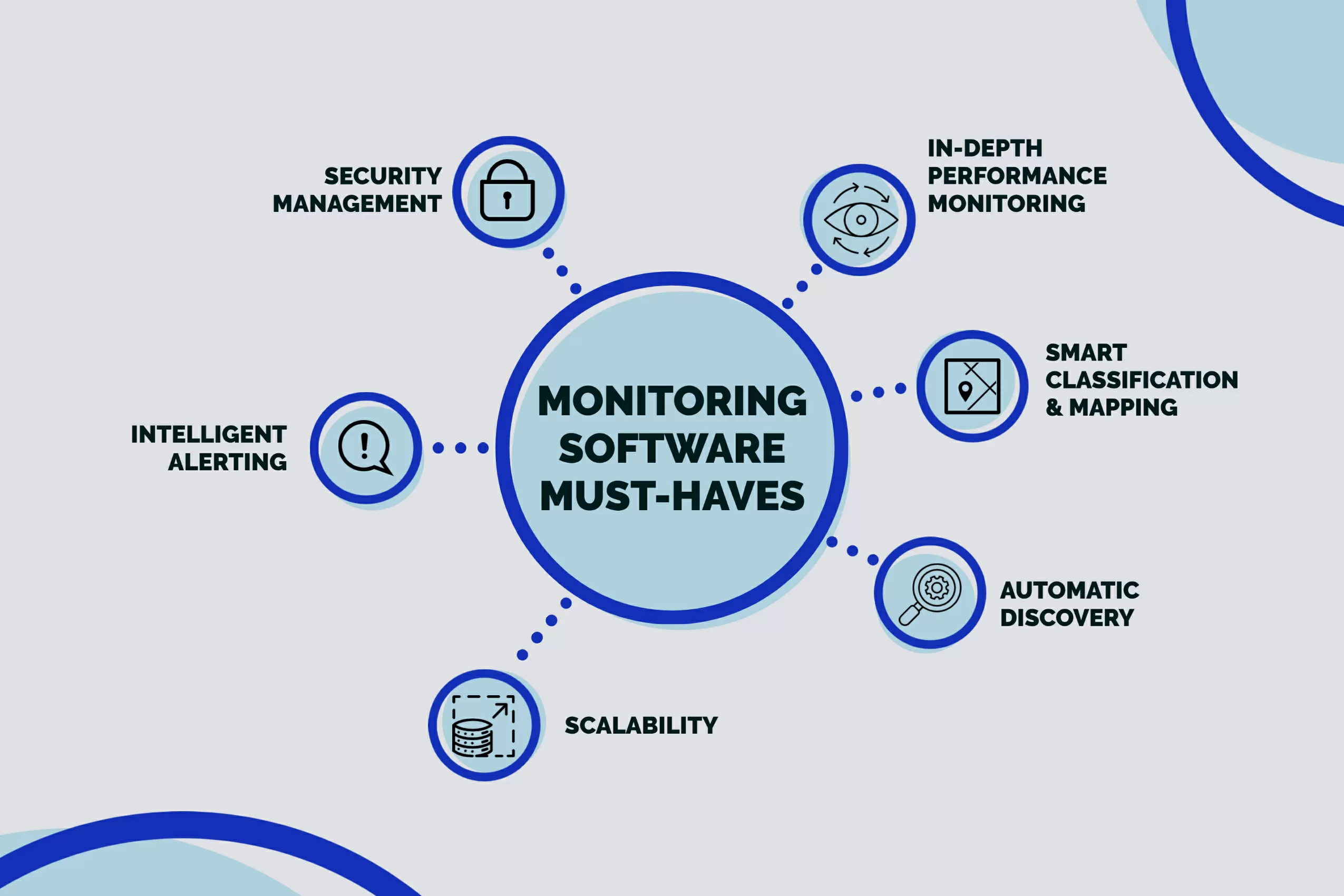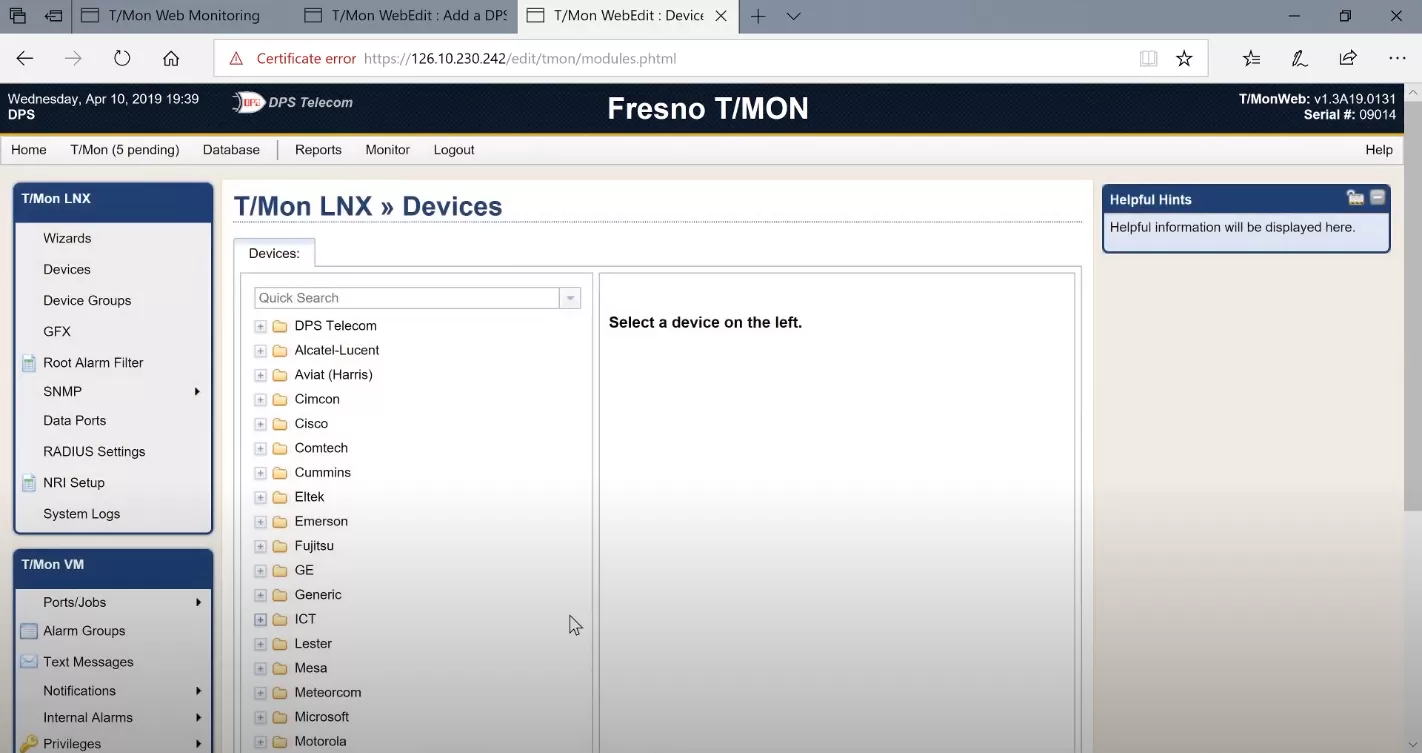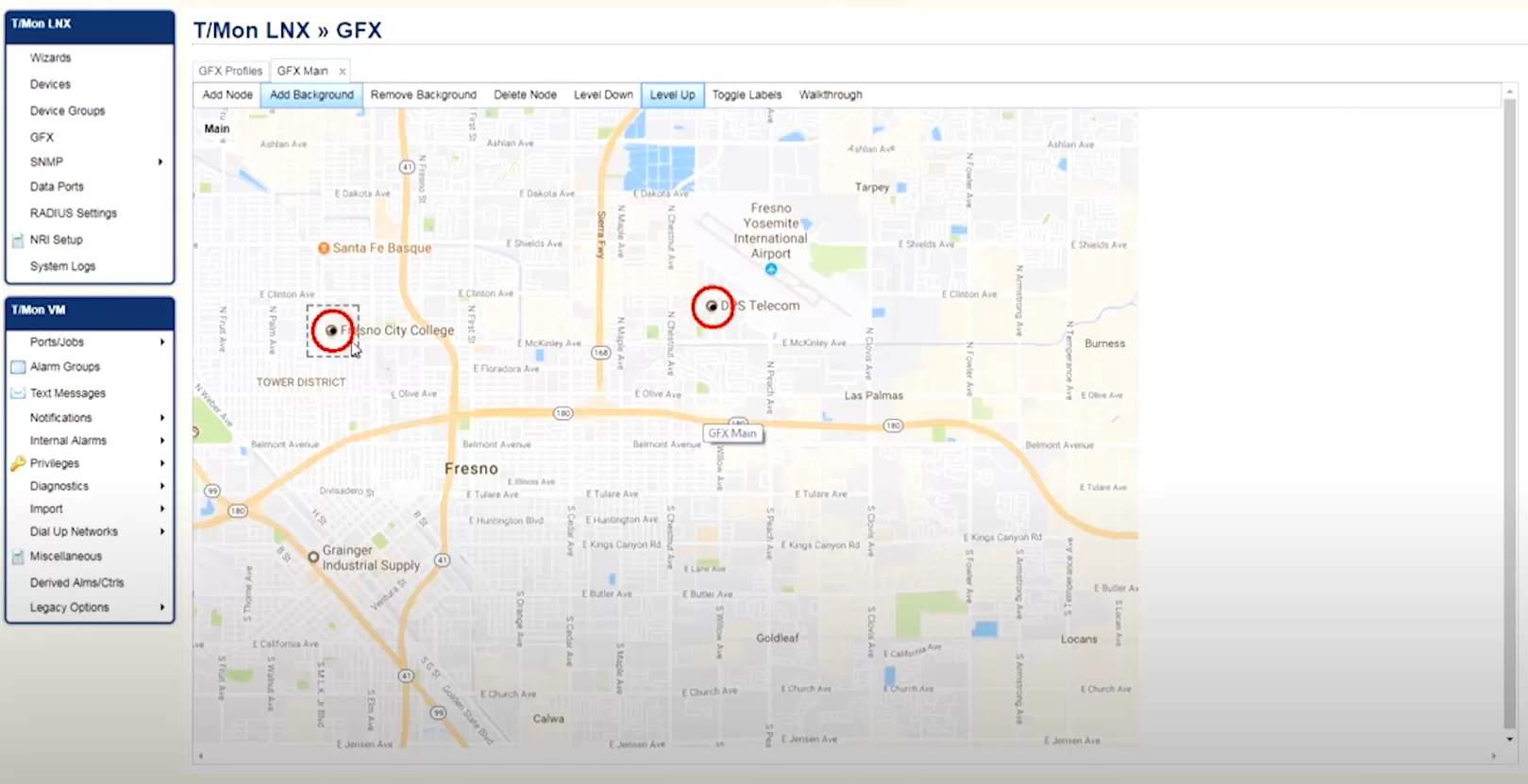Check out our White Paper Series!
A complete library of helpful advice and survival guides for every aspect of system monitoring and control.
1-800-693-0351
Have a specific question? Ask our team of expert engineers and get a specific answer!
Sign up for the next DPS Factory Training!

Whether you're new to our equipment or you've used it for years, DPS factory training is the best way to get more from your monitoring.
Reserve Your Seat TodayTechnology evolves every day. What this means is that network monitoring is no longer a simple system that is only capable of collecting information from a network. It now can perform multiple different functions.
Because of that, many industries factor-in network monitoring solutions to improve business aspects, such as increased employee productivity and saving on infrastructure costs.
When I talk about a monitoring solution impacting companies' networks, it could be anything from poor LAN connectivity, a door left open, or even a generator not starting. While these issues can be addressed by individual solutions in the market, there's nothing like the convenience of single-point access to visualize your entire network to manage the fault, performance, configuration, and security of your resources.
However, no two networks are the same, so a "one-size-fits-all" principle is not ideal in terms of monitoring. But, there are some important capabilities that your network monitoring software should support - even if it has other tailor-made functionality to properly fit into your network.
There are many monitoring software options in the market today. Although they fit into the "network monitoring" umbrella, it's important to look for all the must-have functionality that will help you achieve your business goals. Let's take a look at these capabilities.
If you're a network administrator, then you know that network performance, security, fault management, and reliability are not mutually exclusive. A solution that serves all of these on one platter, will keep you happy and your network efficient. Anything else will be a welcome bonus!
Let's take a closer look at the main features and capabilities you should look for in cost-effective monitoring software.

With networks getting more and more complex due to large and spread-out sites, automatic discovery leaves little room for manual errors. In vast networks, constant upgrades and equipment additions is nothing new, and it calls for a provision to initiate a discovery on demand too.
So, your monitoring software must be capable of automating the discovery and it should also accommodate a forced discovery.
The remote site to be managed will most likely include elements like devices, servers, applications, and other resources on the network.
So, different parameters determine the health of performance of these resources on your network. Also, classification of the infrastructure based on the type, and provision to map or logically group devices like clustered environments or geographically distributed resources, empowers the network tech and helps him visualize his network and manage devices and conditions.

Lower network performance is a tech's nightmare. Most devices or conditions can pull down the performance of your network, and the factors affecting the performance could be internal or external.
Faults such as power outage, LAN failure, database crash, etc., have a cascading effect and the impact is larger than we can realize. The main areas a technician must keep an eye on to assure that the network is 100% reliable include availability and uptime monitoring, system resources monitoring, and bandwidth monitoring.
A secure network is an efficient, healthy network.
The challenges here are huge because the technician can't make the slightest compromise. Like for any other aspect of network monitoring, it's better to be safe than sorry.
This means that not only you should put in place a building access control system, but your monitoring system should also support (at least) basic security features. Some of these features include:
Any efficient network monitoring solution must have an intelligent alerting mechanism that allows your team to work efficiently.
Any component or resource in a network can fail, even pulling down the rest of the network devices with it. To avoid a delay in preventing a fault from happening and to quickly repair damages promptly, you must have a fool-proof alerting mechanism that will allow anyone in your team to know the source of the problem through a meaningful alert.
Scalability refers to the ability of the monitoring system to accept additional devices to monitor.
Efficient monitoring software can give the capability of expanding your system in terms of capacity and scope. This means that, as your network grows and you add new devices and resources, your software will be able to support all of that under its monitoring umbrella.
Remember that a monitoring software that can support multiple different communication protocols is key to make sure you can add any equipment you want and still be able to have visibility over it.
The T/Mon LNX is an efficient monitoring master station that has a big advantage of allowing you to integrate all of your other network devices under its single display. Built on a robust platform, T/Mon addresses all the key requirements a network administrator or manager looks for in a network monitoring solution.
Let's take a look at how each of the above functionality is addressed by T/Mon:

Now that you know what your network monitoring software should support, it's easier for you to filter out all the options that don't cut.
The T/Mon LNX is one good option of monitoring software that has all the previous requirements. This multiprotocol master station allows you to integrate all your network devices under one intuitive console to manage and troubleshoot problems, reducing the hassles of having to deal with multiple vendors and several proprietary protocols.
In a nutshell, when an issue happens, the T/Mon LNX will be the single point where you can intuitively view exactly what's going on at your network. Ask for a demo and see for yourself!

Morgana Siggins
Morgana Siggins is a marketing writer, content creator, and documentation specialist at DPS Telecom. She has created over 200 blog articles and videos sharing her years of experience in the remote monitoring industry.